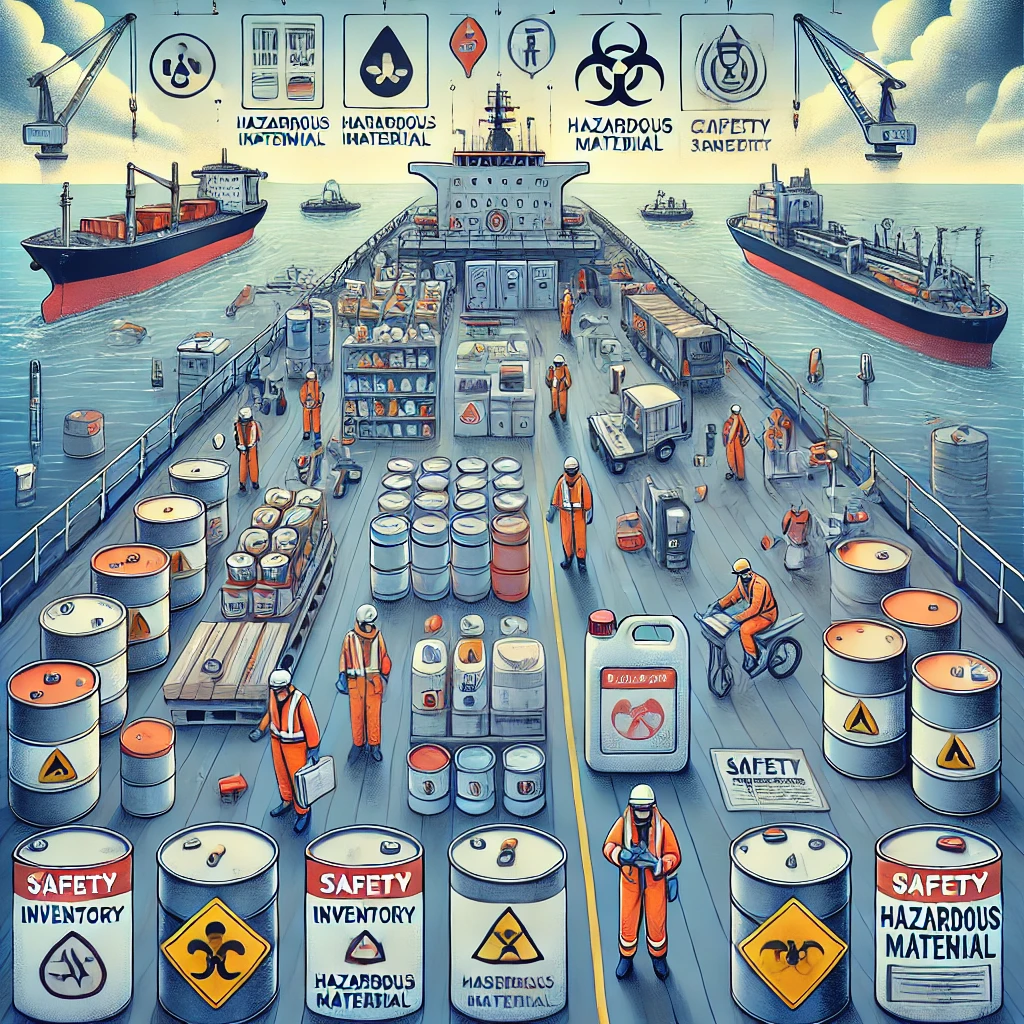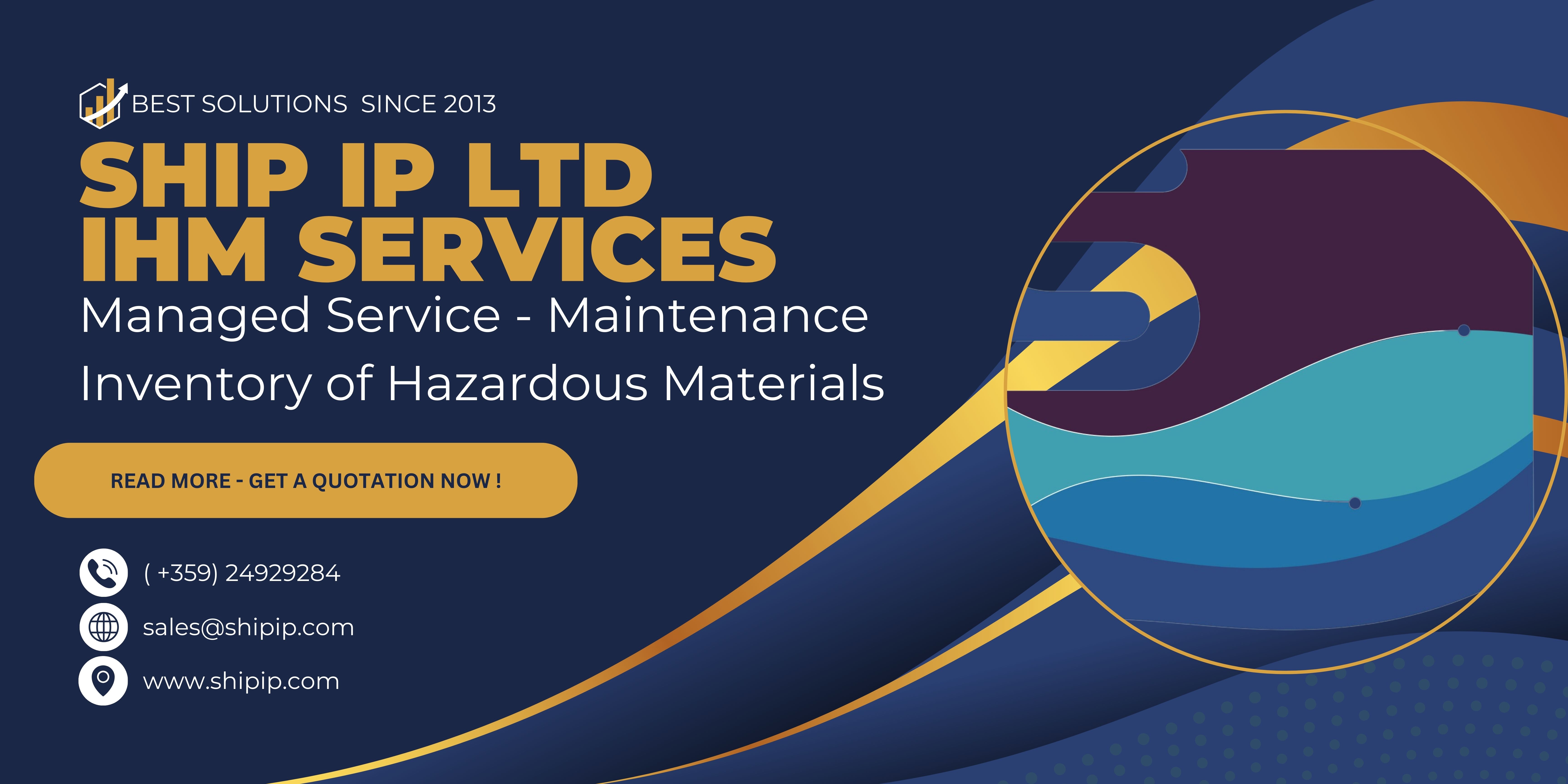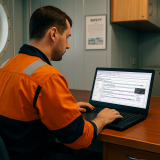On June 26, 2025, the International Maritime Organization (IMO) will implement the Hong Kong International Convention for the Safe and Environmentally Sound Recycling of Ships (Hong Kong Convention). This pivotal treaty aims to regulate ship recycling practices, prioritizing the safety of workers and the protection of the environment from risks associated with hazardous materials found on ships.
Improper handling of hazardous substances can lead to severe health issues and environmental degradation, including oil spills, toxic leaks, and contamination of soil and water. Such consequences pose a threat to marine life, local ecosystems, and even vital water supplies for human consumption.
Annually, around 500 commercial vessels conclude their operational life and undergo dismantling for recycling. The Hong Kong Convention mandates that ships exceeding 500 gross tonnage (GT) maintain an Inventory of Hazardous Materials (IHM). This inventory serves as a detailed record of hazardous substances onboard, such as asbestos and heavy metals, ensuring proper handling and disposal during the recycling process.
With the convention’s enforcement, ships over 500 GT must prepare and have an IHM approved by the implementation date. This requirement applies to vessels registered under countries that have ratified the treaty. Flag Administrators are tasked with ensuring compliance, and the convention outlines specific hazardous materials that must be managed, including asbestos, heavy metals, chromium-6, and polychlorinated biphenyls (PCBs). Proper identification and control of these materials are vital to reducing risks during ship dismantling.
Historically, the ship recycling industry has witnessed numerous incidents due to inadequate safety measures. The HKC seeks to address these issues by enforcing regulations and requiring the IHM, a critical tool for promoting best practices in hazardous materials management across the shipping and recycling sectors.
The IHM involves several stages throughout a ship’s lifecycle:
- Approval and Certification (PART I): Creating and certifying the initial inventory.
- Maintenance and Renewal: Updating the inventory at regular intervals, typically every five years.
- Dismantling and Recycling (PART II and III): Managing final inventories during the shipbreaking process.
Certified hazardous materials (HAZMAT) inspectors are responsible for conducting these assessments and providing guidance to shipowners on compliance. When hazardous substances are identified, remediation can be undertaken with professional oversight, including the substitution of non-hazardous materials.
As the enforcement date of the Hong Kong Convention approaches, it marks a significant step towards safer ship recycling practices and the preservation of marine environments. Comprehensive IHM implementation ensures that vessels are dismantled responsibly, minimizing risks to workers and the environment. By monitoring hazardous materials throughout a ship’s operational life, the maritime industry demonstrates its commitment to sustainability and public well-being. The convention and its associated measures stand as a testament to the industry’s dedication to fostering safer and more sustainable practices worldwide.








